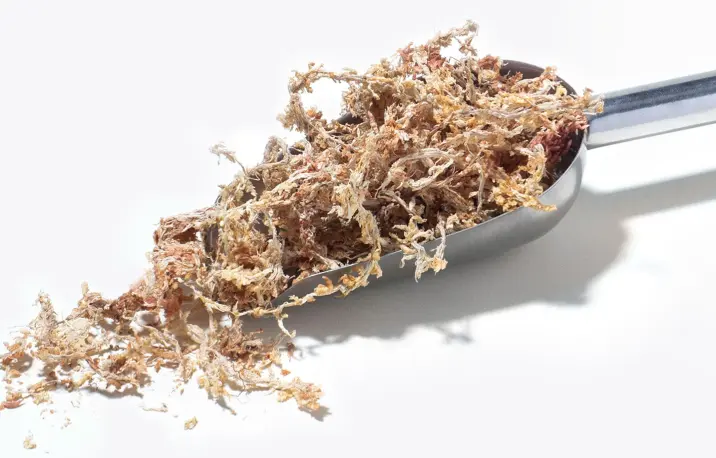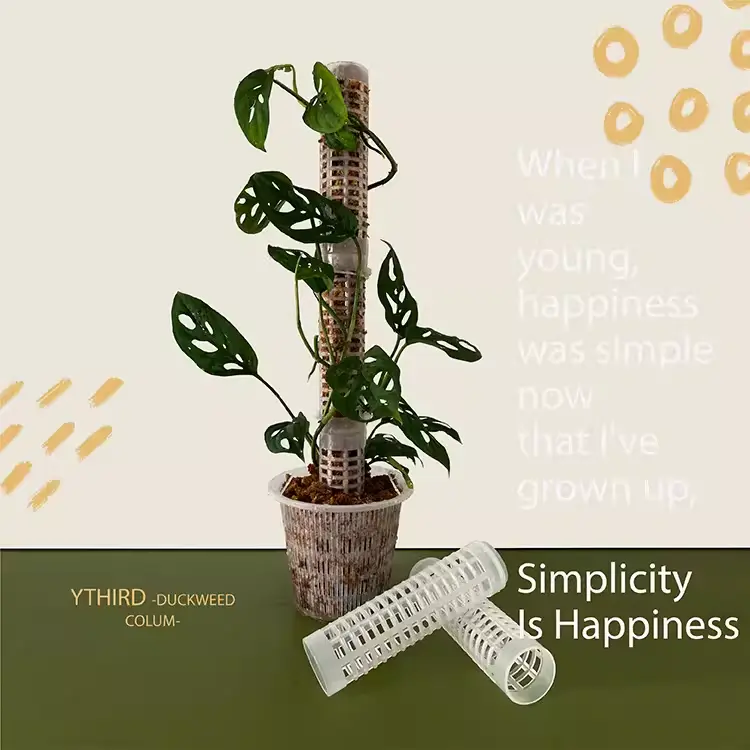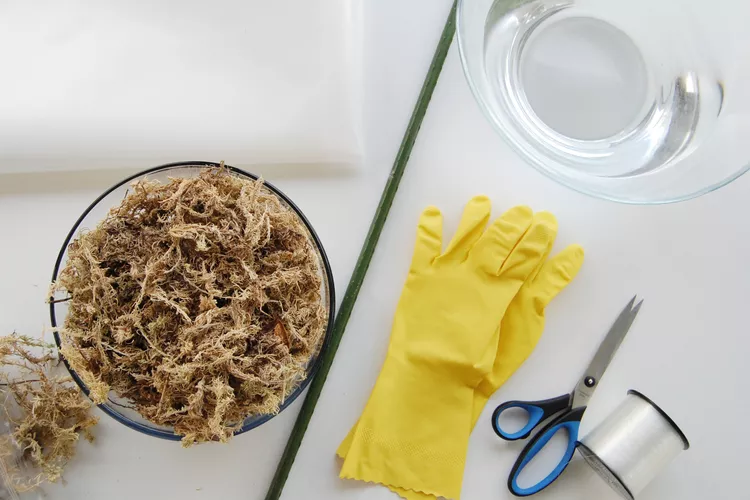Sphagnum moss is a versatile and highly useful natural material for gardeners, houseplant enthusiasts, and horticultural professionals. Whether used as a growing medium, soil amendment, or structural element for climbing plants, sphagnum moss offers unique properties that make it invaluable in both indoor and outdoor settings. This comprehensive guide covers its origins, benefits, best uses, and step-by-step instructions for creating moss poles.
1. What Is Sphagnum Moss?
Sphagnum moss refers to a group of moss species that grow in bogs and wetlands across the globe. Harvested for horticultural purposes, it consists of long, fibrous strands with exceptional water retention capabilities.
Key Characteristics:
- Lightweight and fibrous
- High water retention – can hold up to 20 times its weight in water
- Naturally acidic – pH range between 3.0 and 4.5
- Antimicrobial properties – inhibits fungal and bacterial growth

Sphagnum moss is not the same as peat moss, though they come from the same plant family. Peat moss is decomposed sphagnum harvested from deeper layers of bogs, while fresh sphagnum moss is the living or recently harvested top layer.
2. Benefits of Sphagnum Moss for Plants
- Moisture Retention – Prevents rapid drying, ideal for moisture-loving plants like orchids, ferns, and tropical aroids.
- Aeration – Fibrous structure promotes root oxygenation, reducing the risk of root rot.
- Antifungal – Natural compounds suppress harmful pathogens.
- Versatility – Can be used alone, as part of a mix, or as a wrapping material for aerial roots.
- Sustainability – Responsibly harvested sphagnum moss is renewable and biodegradable.
3. Common Uses of Sphagnum Moss
A. As a Growing Medium
Orchid growers and carnivorous plant enthusiasts often use pure sphagnum moss as the primary medium for its water retention and aeration.
B. Seed Starting
Ideal for germinating seeds that require consistently moist environments.
C. Soil Amendment
Mixed into potting soil to improve water-holding capacity for moisture-loving plants.
D. Rooting Cuttings
Perfect for propagating cuttings from plants like philodendrons, pothos, and hoyas.
E. Moss Poles
Used to create vertical supports for climbing plants, allowing roots to cling and absorb moisture.
4. How to Use Sphagnum Moss for Plants
For Orchids
- Use pure, long-fiber sphagnum in a breathable orchid pot.
- Keep consistently moist but avoid waterlogging.
For Carnivorous Plants
- Mix sphagnum moss with silica sand to create nutrient-poor, acidic conditions.
For Aroids and Tropical Climbers
- Wrap moss around a pole or stake to encourage aerial roots to attach.
For Propagation
- Moisten sphagnum moss, place cuttings in contact with it, and enclose in a high-humidity environment like a propagation box.
5. How to Create a Moss Pole for Indoor Plants

Materials Needed:
- Long-fiber sphagnum moss
- PVC pipe, bamboo stake, or thick wooden dowel
- Garden twine or nylon fishing line
- Gloves (optional, for handling)
Steps:
- Soak the Moss – Place sphagnum moss in a bucket of water until fully hydrated.
- Prepare the Support – Choose a pole height that suits your plant.
- Wrap the Moss – Starting at the base, wrap moss around the pole in a thick layer.
- Secure the Moss – Tie twine or fishing line around the moss at intervals to hold it in place.
- Insert into Pot – Place the finished moss pole into the plant’s pot, ensuring it’s stable.
- Train the Plant – Gently tie stems to the moss pole with plant ties or clips.
Good Guide Video Recommendation here:
6. Maintenance of Moss Poles
- Keep Moist – Mist regularly or pour water directly on the pole so moss remains damp.
- Monitor Growth – As aerial roots attach, plants will grow more vigorously.
- Replace as Needed – Moss poles can last several years but may need refreshing if moss decomposes.
7. Sphagnum Moss Care Tips and Precautions
- Always source moss from sustainable suppliers.
- Rinse thoroughly before use to remove dust and debris.
- Avoid over-packing moss, which can restrict airflow.
- Replace moss periodically to prevent compaction.
8. Frequently Asked Questions
Q: Can sphagnum moss cause root rot?
A: Not if used properly. Its aerated structure helps prevent waterlogging.
Q: Is sphagnum moss reusable?
A: It can be reused if still clean and intact, but sterilization is recommended.
Q: Does sphagnum moss attract pests?
A: When kept clean and moist, it rarely attracts pests.
9. References
- Royal Horticultural Society – Sphagnum Moss Overview
- American Orchid Society – Potting Media for Orchids
- International Carnivorous Plant Society – Cultivation Guides
- Sustainable Moss Harvesting Association – Best Practices








